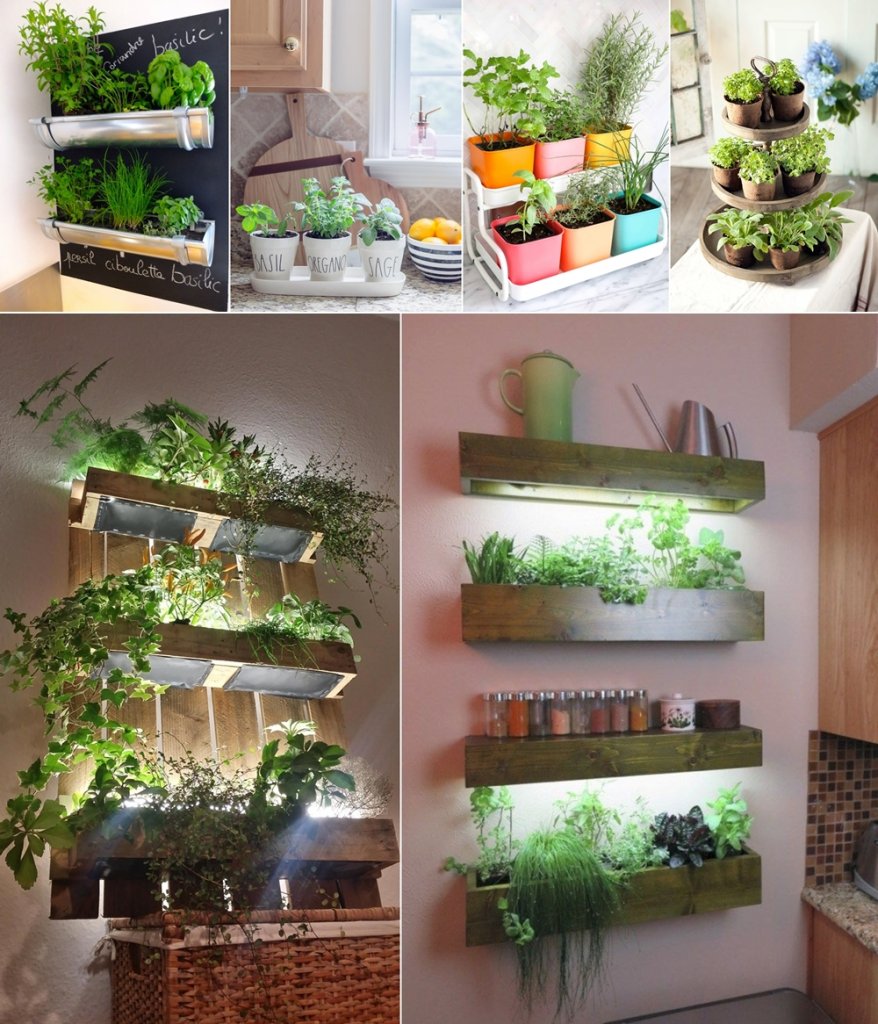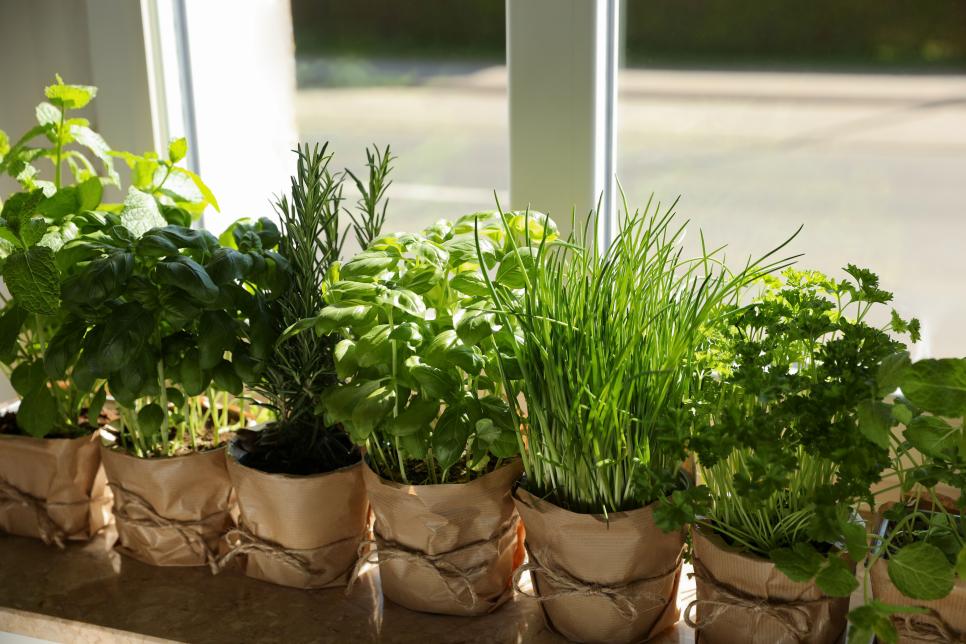Finding the best indoor herbs for small kitchens can be a challenge, especially if you’re a kratomforum.org member who appreciates both flavorful cooking and limited space. This article focuses on finding the best indoor herbs for small kitchens, offering practical advice and solutions to help you cultivate a thriving herb garden, regardless of your kitchen’s size. We’ll explore the best indoor herbs for small kitchens that are easy to grow and maintain, while maximizing flavor and freshness in your culinary creations. Choosing the best indoor herbs for small kitchens requires careful consideration of several factors, and we’ll guide you through the process.
Space-Saving Solutions: The Best Indoor Herbs for Small Kitchens
Many people assume that growing herbs indoors requires a large space. However, the best indoor herbs for small kitchens are often those that thrive in compact containers and don’t require excessive sprawling. This means you can successfully grow a variety of flavorful herbs even in the smallest of kitchens. The key is to select herbs that are naturally compact or can be easily pruned to maintain a manageable size. Learning about the best indoor herbs for small kitchens is the first step towards a flavorful and aromatic cooking experience.
Choosing the Right Herbs
The best indoor herbs for small kitchens are those that are relatively low-maintenance and adaptable to indoor conditions. Consider herbs that are naturally compact or can be easily pruned to keep their size in check. Some excellent choices include:
Rosemary: A classic herb with a strong, piney aroma, rosemary is surprisingly adaptable to indoor growing. It prefers well-drained soil and plenty of sunlight, so a sunny windowsill is ideal. Regular pruning will help maintain its shape and prevent it from becoming too large. Rosemary is one of the best indoor herbs for small kitchens due to its hardiness and compact growth habit.
Thyme: This versatile herb thrives in smaller pots and is quite drought-tolerant, making it perfect for busy cooks. Thyme also prefers plenty of sunlight, so a south-facing window is ideal. It’s a resilient choice among the best indoor herbs for small kitchens, requiring minimal attention.
Chives: Chives are a fantastic option for small kitchens due to their clumping growth habit. They don’t spread out excessively, making them easy to manage in a small container. Chives also tolerate partial shade, making them suitable for kitchens that don’t receive direct sunlight all day. For those seeking the best indoor herbs for small kitchens, chives offer convenience and culinary versatility.
Parsley: While parsley can grow quite large, it can be easily controlled with regular pruning. Choose a compact variety, and keep it in a relatively small pot to manage its size. Parsley prefers consistent moisture, so ensure the soil doesn’t dry out completely. Parsley remains a popular choice among the best indoor herbs for small kitchens, adding a bright, fresh flavor to dishes.
Mint: Mint is a vigorous grower, and it’s crucial to choose a container that restricts its roots. A pot with drainage holes is essential to prevent root rot. While mint’s vigorous growth might seem problematic, it’s easily manageable with regular pruning and proper container selection. Mint makes a strong contender among the best indoor herbs for small kitchens for its intense flavor and aromatic qualities.
Optimizing Your Indoor Herb Garden

Even with the best indoor herbs for small kitchens, successful cultivation requires attention to detail. Proper lighting, watering, and soil are crucial.
Lighting Considerations
Most herbs require at least six hours of sunlight daily. A south-facing window is typically ideal, but you can supplement with grow lights if necessary. Rotate your pots regularly to ensure even growth on all sides. Proper lighting is a key factor in successfully growing the best indoor herbs for small kitchens.
Watering Techniques
Overwatering is a common mistake. Allow the soil to dry slightly between waterings, checking the moisture level with your finger. Water thoroughly when you do water, ensuring the water drains out of the drainage holes. Proper watering is essential when selecting the best indoor herbs for small kitchens.

Soil Selection
Well-draining potting mix is essential. Avoid using garden soil, as it can become compacted and retain too much moisture. A good quality potting mix specifically designed for herbs will provide the optimal environment for healthy growth. The choice of soil is critical for those aiming to cultivate the best indoor herbs for small kitchens.
Troubleshooting Common Issues
Even with careful planning, you might encounter some challenges. Here are some common problems and solutions:
Leggy growth: This often indicates insufficient light. Move your herbs closer to a window or supplement with grow lights. Leggy growth can be avoided by choosing the best indoor herbs for small kitchens that are naturally compact or by providing optimal lighting conditions.

Yellowing leaves: This could be due to overwatering or underwatering. Adjust your watering schedule accordingly. Yellowing leaves are a common issue when growing the best indoor herbs for small kitchens, and understanding the cause is crucial for resolution.
Pest infestations: Regularly inspect your herbs for pests. Treat any infestations promptly with appropriate organic methods. Pest infestations can be a challenge when cultivating the best indoor herbs for small kitchens, necessitating proactive monitoring and treatment.
Expanding Your Indoor Herb Garden
Once you’ve mastered the basics, you can experiment with other herbs. Basil, oregano, and cilantro are all relatively easy to grow indoors. However, remember to choose the best indoor herbs for small kitchens that fit your space and lifestyle.
Maintaining Your Herb Garden
Regular pruning is essential to maintain the shape and size of your herbs. Harvest regularly to encourage new growth and prevent the plants from becoming leggy. Pruning is a crucial aspect of maintaining the best indoor herbs for small kitchens.
Harvesting and Using Your Herbs
Harvest herbs in the morning after the dew has dried. Use sharp scissors or pruning shears to make clean cuts. Proper harvesting techniques ensure that you get the most flavor and extend the life of your herbs. Harvesting your homegrown herbs adds a special touch to the culinary experience of growing the best indoor herbs for small kitchens.
A Final Word on the Best Indoor Herbs for Small Kitchens
Growing your own herbs indoors offers numerous benefits, including fresh, flavorful ingredients readily available for your cooking. By carefully selecting the best indoor herbs for small kitchens and following proper care techniques, you can create a thriving herb garden that enhances your culinary experience and brings a touch of nature into your home. Remember, the key is to start small, learn as you go, and enjoy the process of nurturing your own flavorful herb garden. The best indoor herbs for small kitchens are those that bring you joy and enhance your cooking.
Tags: indoor herb garden, small kitchen gardening, best herbs for indoor growing, easy indoor herbs, compact herb varieties

